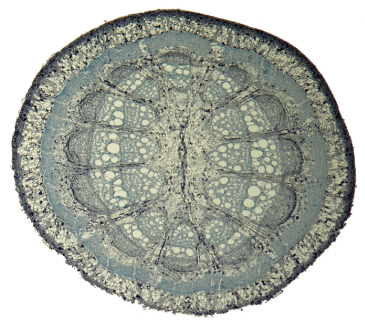|
Cellulose nanofibers can therefore be used as stable, extremely reactive raw materials for technical applications while boasting the additional advantages of being biologically produced and biodegradable. Such applications include reinforcing (bio-)polymers to create very promising, environmentally safe, lightweight construction material for the car industry, as well as membrane or filter materials for applications in packaging and biomedicine.
The solution lies in chemical modification
Nanocellulose isolated from wood pulp is initially in the form of a water-based suspension. If the material dries out the cellulose fibers stick together forming rough clumps and it loses its outstanding mechanical properties. For this reason the Empa researchers sought to develop a process which allowed them to dry nanocellulose without it clumping and becoming rough. To achieve this, the cellulose was treated using a technique which is easily implemented on a large scale and is also completely harmless, even being suitable for applications in the food industry. The method prevents the cellulose fibrils from forming clumps and sticking together
The results are worth looking at: after being re-dispersed in water the dried nanocellulose powder boasts the same outstanding properties as undried, unmodified cellulose. This makes the new product an attractive alternative to conventional cellulose suspensions for the synthesis of bio-nanocomposite materials. Suspensions currently in use consists of over 90% water which causes the transport costs to explode and increases the danger of degradation by bacteria or fungi. In addition aquatic cellulose suspensions are laborious to work with since usually in the course of chemical processing solvents must be exchanged.
Empa Research Prize 2011 goes to Christian Eyholzer
The work on developing the new manufacturing process and identifying applications for nanocellulose in various biopolymers was recently recognized with the award of the Empa Research Prize 2011. In a collaborative project with the «Luleå University of Technology», Sweden, Empa researcher and PhD student Christian Eyholzer and his co-workers used the novel nanocellulose powder to reinforce adhesives, hydrogels and biodegradable synthetics. After completing his doctoral dissertation Eyholzer left Empa and is currently employed by Sika as project leader in the product development department.
Author: Nina Baiker
|


